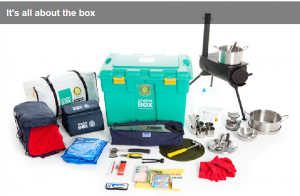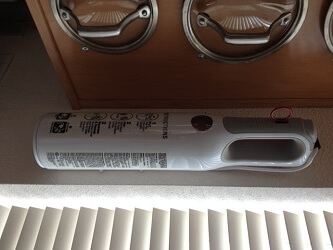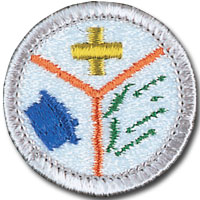How to Plan Great CERT Monthly Meetings
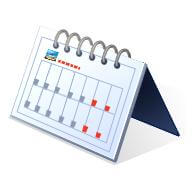
Are you in charge of Emergency Preparedness meetings?
Do you have a regularly-scheduled Emergency Preparedness meeting for neighbors or co-workers? If so, you can be thankful this topic is “on the radar.” At the same time, if you are responsible for planning and managing the meeting, then you know it takes thought, each month!
I’ve been running or attending neighborhood CERT meetings every single month for about 15 years. During that time our group has had different group leaders, and they are always on the lookout for suggestions to “make the meetings interesting.”
Recently we had a training meeting that seemed to work well. Here’s a description of how we planned for it. I think you’ll find you could put on a meeting like this with very little effort!
A. Meeting Timing
We hold our meetings the same day and time every month – makes it easy to remember! We limit each meeting to one hour to keep speakers on their toes and attendees from checking their watches.
B. Meeting Template
I recommend putting together a meeting template so a new volunteer has a track to run on when stepping up to be that month’s meeting planner. An abbreviated version of our template:
- One month before the meeting – arrange for speaker or select training activity. Announce upcoming meeting at any HOA meetings, in the newsletter, online, etc.
- One week before the meeting – Distribute invitations via email and/or flyers, arrange for room set-up and audio visual
- Day before the meeting – Confirm speaker, confirm arrangements for room and audio-visual, organize handouts and refreshments, send out last meeting reminder
- At the meeting – Assign first to arrive as “hosts” and/or name tag writers, assign a couple of others as clean-up crew
- Agenda – Welcome, introduce new members or visitors, present program, acknowledge guest speaker and that meeting’s planning crew, close on time
- Day after the meeting — Send out thanks, follow up on action items
New to this Advisory — Be sure to add a “Housekeeping” announcement at the beginning of your meeting. Tell people where to find the restrooms, and share “In case of emergency” information: point out at least two exits from the room (doors, windows, behind the stage!) and the location of the nearest fire extinguisher and/or AED.
C. Meeting Activities
Coming up with something interesting each month takes effort! Naturally, one good source of programs is guest speakers and guest trainers. We have also found that an occasional training video from YouTube can be a great program.
We have also discovered there are some secrets to successful meetings beyond the formal program, however. They include: having name tags and refreshments, having something for everyone to do (for example, change batteries in radios, give a report on their neighborhood), mixing up whole group and small group activities, and adding an element of competition.
Build a collection of Successful Meeting Ideas
So far, I haven’t found any single great source of meeting ideas, and have been forced to develop my own collection. So far, we have published two volumes of meeting ideas!
Have you put on or attended any particularly good CERT meetings lately? Can you share the topic and the activity with everyone? Just drop a description in the comment box!
Thanks for your input.
Virginia Nicols
Your Emergency Plan Guide team
Looking for regular meeting ideas? Be sure to get our Advisories, and check out our Book of CERT Meeting Ideas.



 The US Department of Labor has a division called Occupational Safety and Health Administration, otherwise known as OSHA. I’m sure you’ve heard of it!
The US Department of Labor has a division called Occupational Safety and Health Administration, otherwise known as OSHA. I’m sure you’ve heard of it!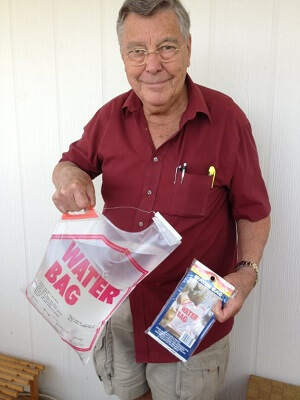


 The Home Depot – the place to start
The Home Depot – the place to start
